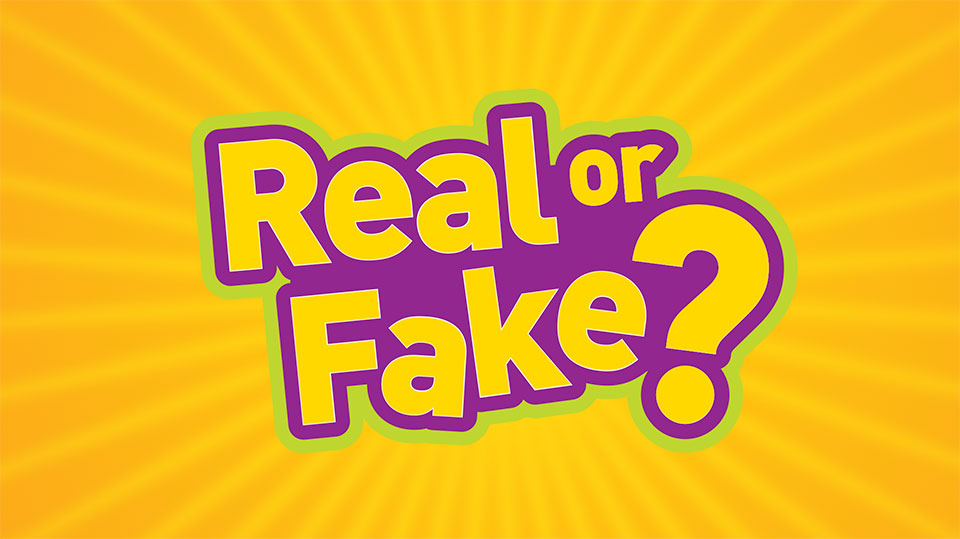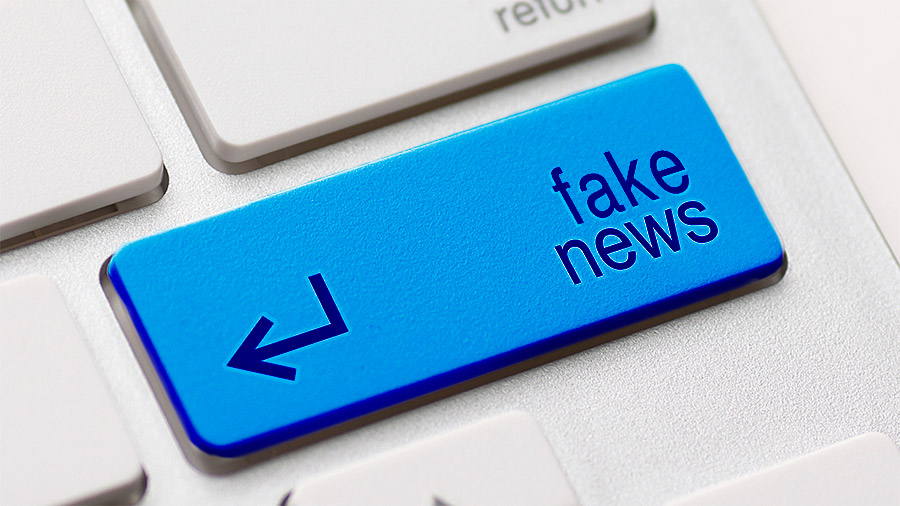
In today’s era of the Internet, the information from all around the world is available to the public almost instantly. This is a great thing in theory, and it greatly helps to hold the fine equilibrium of general awareness. However, today’s media got a little greedy, and fake story-selling is now a real thing and a real business. Clickbait titles, false news, and fictional situations have jeopardized the credibility of today’s informative media. In simpler words, people have stopped believing in the news because of the frequent occurrence of false news.

The problem becomes when elderly citizens or someone who isn’t familiar with the whole situation start believing in everything they read online. The primary issue is the misleading headlines. People easily fall into something that’s well-written even though it isn’t within a reasonable realm of truth. Mass media has been poisoning the general public for many years; the moment has come to put an end to it. These are some of the ways which should help you differentiate false from real news.
Pay attention to the URL
Well-known media companies have distinguishable URL’s and it’s not hard to differentiate legitimate sources from the shady ones. A peculiar domain is the first alarm that something fishy is happening. If you stumble upon an unusual domain such as .com.co or .org.re, there’s a high possibility that it’s a portal generating revenue through clickbait headlines. Those are the ones you want to avoid. Remember to only trust the domains you’re familiar with.
Check out the “About us” section
Many companies that take this business seriously tend to put the names of the people responsible and credited for their work, website, and available information. If you see a melodramatic “About us” section, it should trigger an alarm.

Someone who’s in the business and is familiar with the way it works will always use a straightforward language. Also, another way to check out the source is to Google the organization’s leaders. If nothing pops up, it’s likely they’re fictional.
Look for quotations
Most of the serious publications always have a vast number of quotes in them. Whether they are from academics or the experts from a particular field, it’s irrelevant. What matters is that there are quotes within the article. The credibility of one’s company comes from the ability to name multiple sources and back them up with their quotes or statements.
Check out the comments
This is the easiest step of them all. Try to find the said news on Facebook or other social platforms and read some of the comments. If a majority of those comments call out the article for being untrue, there is a high probability it is.






